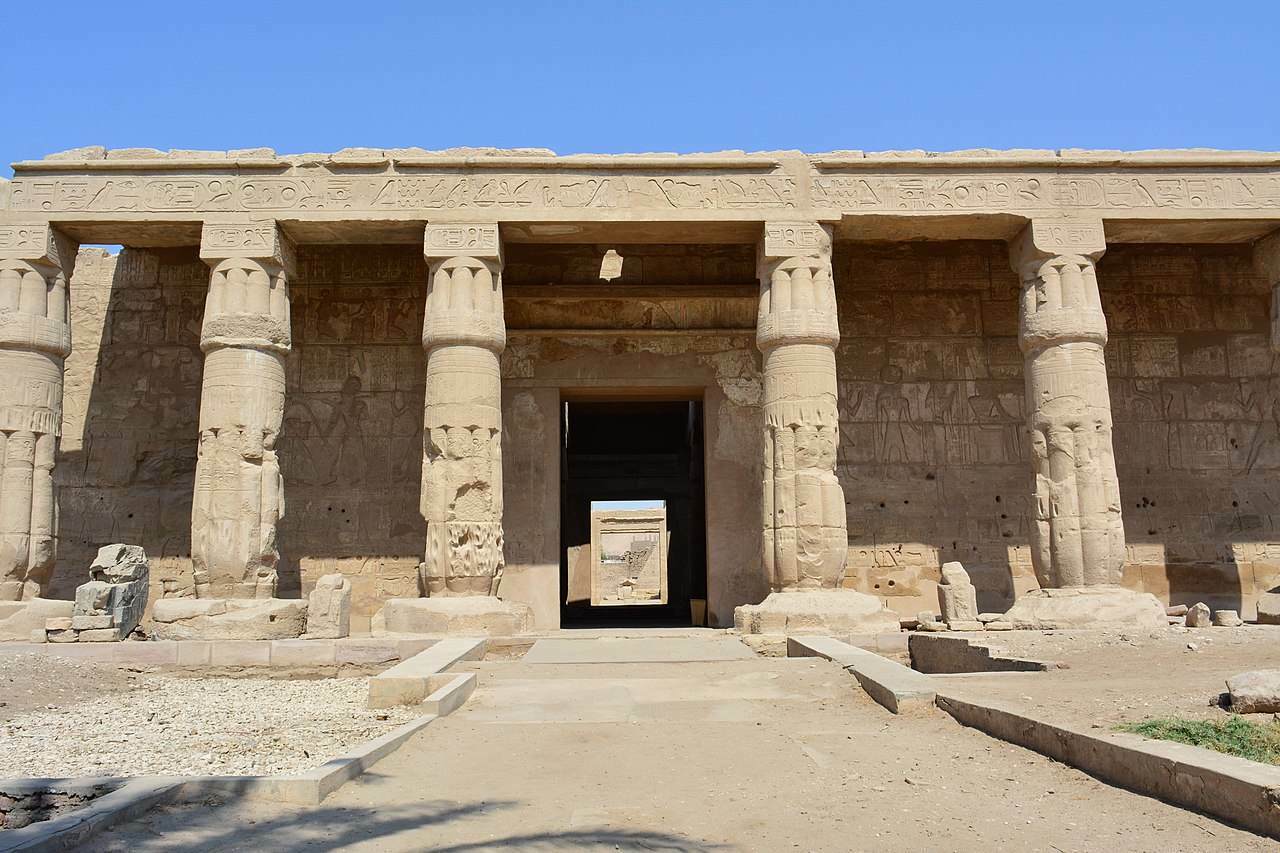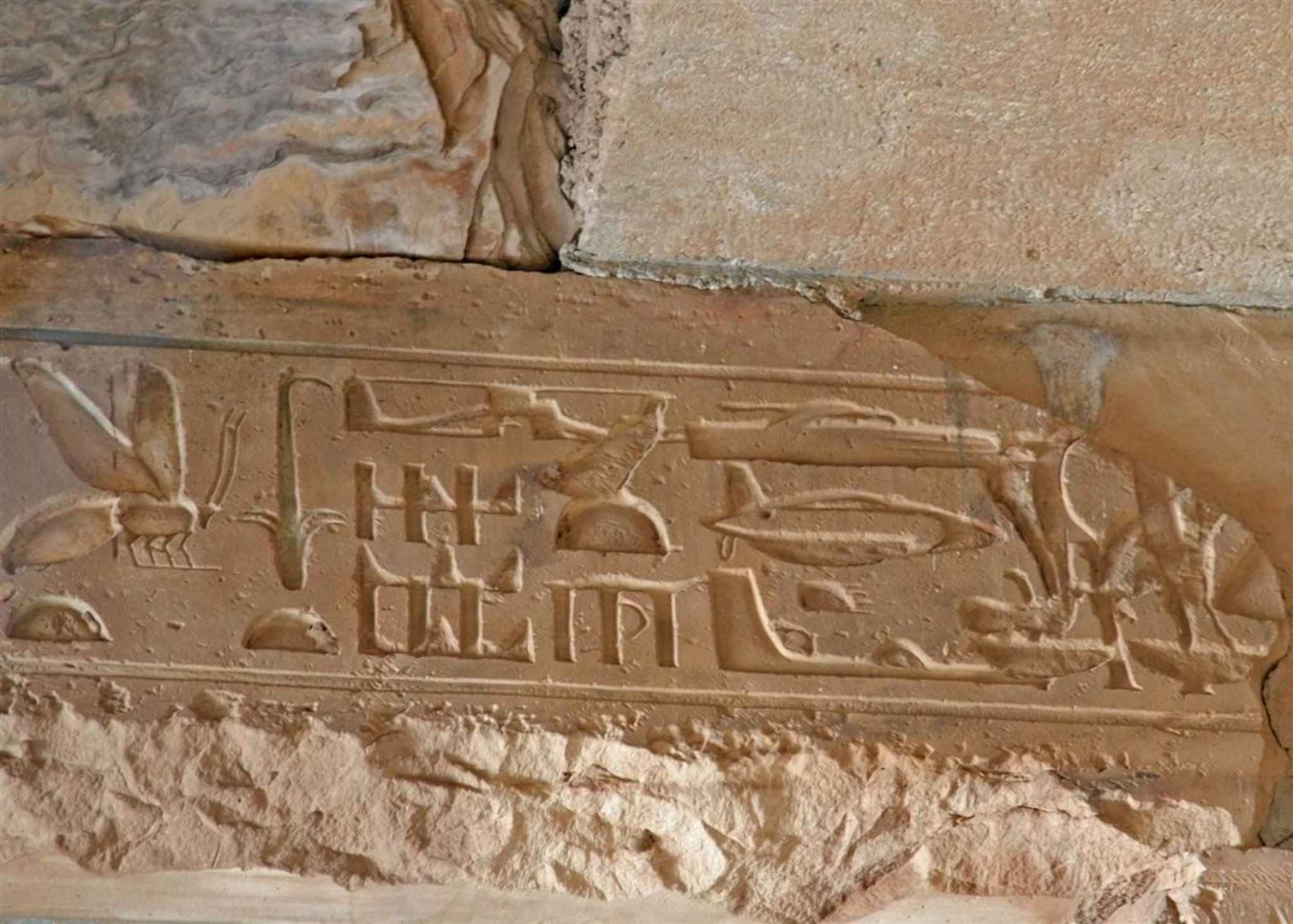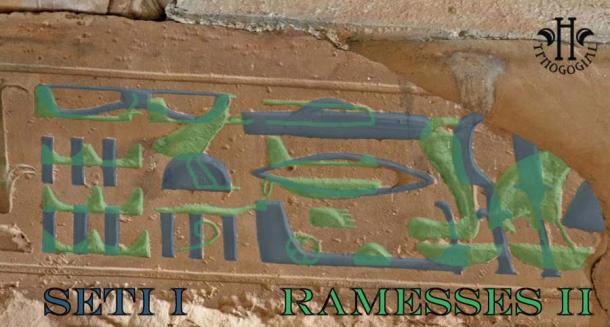The ancient city complex of Abydos is located about 450 kilometers south of Cairo, Egypt, and is considered by many to be one of the most important historical sites associated to Ancient Egypt. It also houses a collection of inscriptions popularly known as the “Abydos Carvings” that has sparked debate among archaeologists and historians.

Abydos Carvings
Inside the Temple of Pharaoh Seti I are a series of carvings that look a lot like futuristic helicopters and spaceships. The helicopter is particularly recognizable, which has raised questions about how it could exist in such a technologically distant past. Naturally, every enthusiast of the UFO phenomenon points to these images as proof that we have been visited by other, more advanced civilizations.
Likewise, every conventional Egyptologist goes to great lengths to explain that these enigmatic drawings are nothing more than the result of older hieroglyphs that were plastered and re-carved, so that when the plaster later collapsed, the images changed. Under the plaster, they reappeared only as a coincidental mixture between the old and the new images.

Very complex graphics were created to show how the process took place. Furthermore, traditional archaeologists have advanced the old argument that since helicopters or other flying machines were never found in ancient Egyptian cities, these artefacts could never have existed.

Recently, there have been some highly detailed and clever challenges to the theory that these images were simply the by-product of a clipping. The first is that the Temple of Seti I was a very important construction and the use of plaster would have been an anomaly, as the Egyptians were specialists in filling with a special type of sandstone that was much more robust and durable.
The re-sculpting theory is also being examined and recent practical experiments cannot duplicate the effect described by conventional experts.
Some independent researchers believe that the item layout has a strong and precise relationship with the Golden Proportion concept, and at this point, it becomes quite interesting that the original carvings could be covered, re-sculpted and still lines up with a coincident set of perfect measurements and proportions, a feat simply unbelievable.
Final words
Though this is very fascinating to imagine that ancient Egyptians could really fly in a strange futuristic ship or they just had witnessed something they couldn’t explain and carved it into stone as a record. But we have never found a concrete evidence to support this extraordinary imagination/theory. Perhaps time will give us the correct answer, in the meantime, the mystery persists and the debate continues.




